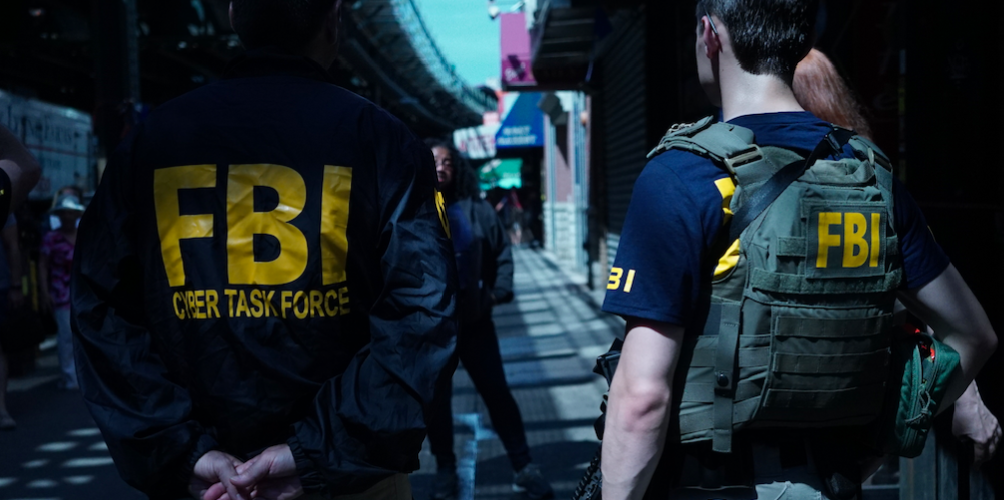ML and JVE: The Russian intrusion into the 2016 election was such a huge story. And while many of the facts came to light after principal photography on our series was complete it still informed our crafting of the cyber division episode. We profile a takedown of an international cyber ring involving Uzbekistani and Russian subjects. What we learned during our time with the agents working this violation is that Russian nationals frequently pop up in cyber criminal investigations. And if these criminals are targeting Americans the Russian government is anything but helpful. Cyber agents face obstacles other divisions will never have to deal with. There are no borders in the virtual world and the individuals committing these crimes are hiding in the shadows. The big takeaway is that no one is immune from a cyber attack. And after the events of the past year you can bet that more people are subscribing to VPN services and doing what they can to protect their private information. I can reveal that everyone on our production team now keeps tape over their webcams.
FR: How does digital/social media affect how you create TV today?
ML and JVE: The evolution of digital and social media has had a profound effect on television production and distribution. Rather than ignore it, we have to embrace it and understand that an engaged viewer wants more than just the brick and mortar broadcast on traditional television. Before the show airs, while it’s on TV, and after it’s over we need to ensure there is a place for our audience to go to engage. This includes viewing material that didn’t make the show, interacting on snapchat, twitter, etc, and visiting Instagram and Facebook to relive and continue the experience long after the credits have rolled. All of this was on our minds as we filmed and edited this series. But what will never change is an appetite for compelling characters and strong storytelling. With so many shows and so many platforms fighting for an audience you have to offer up characters the viewer wants to invest in, and a journey worthy of going on. We think we have something special with Inside the FBI: New York. Today’s digital savvy viewers want access. And luckily for us, we’ve been given inside access into an organization that’s known for its secrecy, where the stakes are always high.
FR: How was digital/social changed the whole world of fighting terrorism and crime?
ML: Our series literally captures the time period when the FBI went from the old model of combating terrorists when they were training recruits in camps of Al Qaeda, Al Shabab, ISIS, etc to the new digital model where lone wolves and free agents are now recruited, inspired, conditioned and brainwashed via social media. This exponentially increases the challenges for counter terrorism. This is THE NEW NORMAL (Episode#1).
Add to the social media propaganda, slick messaging and targeted two way communications, the fact that once the terrorists find a sympathetic subject, they can now switch to end to end encryption apps to continue communicating. This leaves law enforcement, even with court-ordered search warrants, in the dark. So the issues that came up after San Bernardino (Ep#1) is: how do we balance privacy and public safety/security in this new digital age?
All of this came into play in our 3rd episode, THE NEW FBI (screening Tuesday at Paley Museum), which has both an international cyber malware case with a takedown of a suspect in Brighton Beach, Brooklyn and a counter terrorism case where a 14 year old with mental health issues was secretly communicating with ISIS and other jihadist sympathizers, without the knowledge of anyone in his family. The FBI and the US Attorney’s Office from the Eastern District came up with a very novel way to proceed with this case.
Finally, because of the web and the virtual world we now inhabit, terrorists and criminals are now much more sophisticated global actors. So it takes a much better trained and educated law enforcement team to prevent their attacks, and if they commit crimes, to capture and convict them.





















